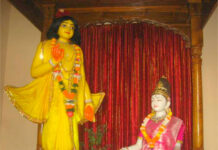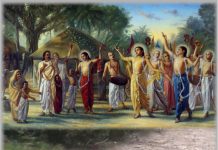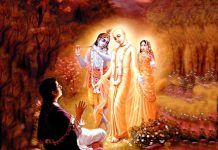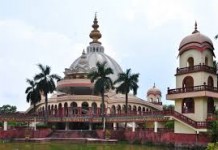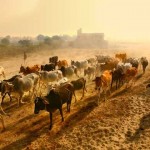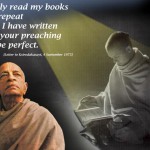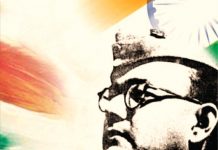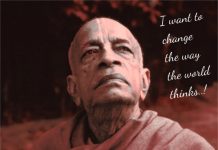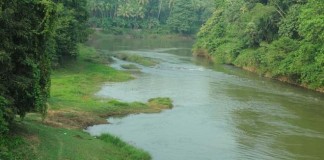We often hear of folk songs and folk dance. We also talk about folk festivals and folk culture. What we don’t usually hear of is those fearless folk leaders who led movements against Britisher’s atrocities in India. Folk freedom fighters may have been forgotten by most of us, they are very much in the hearts of the rest of us. India’s Prime Minister Mr Narendra Modi thanked them today during his independence day speech.
In order to remember and offer our heartfelt gratitude to these folk freedom fighters on this day we sourced the following information for our esteemed readers. The attempt is to recall the contribution of some of those brave freedom fighters who inspired hundreds and thousands to raise their voices against the atrocities of the then British rule.
At the time when the trend is to give all possible credit to politicians, it behooves us, the Bharatiyas, to pay a tribute to those forgotten freedom fighters who sacrificed their peace of mind and laid their lives for the sake of India’s freedom from foreign rulers.
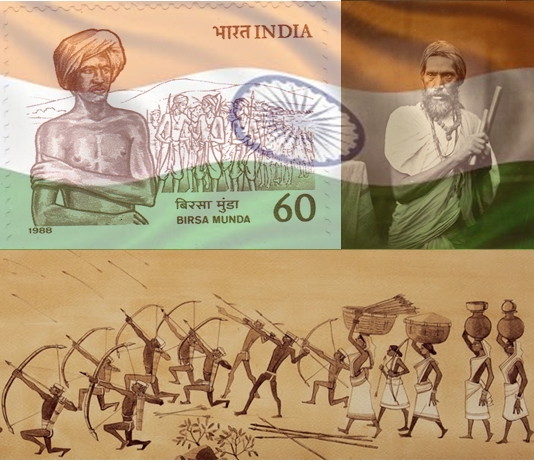
The following is a list (Source thebetterindia.com) of some popular uprisings that laid the foundation for a widespread freedom movement to end the crippling colonial rule.
1. Sanyasi Rebellion
2. Tilka Manjhi’s Revolt
3. Sambalpur Revolt
4. Kherwar Uprising
4. Santhal Rebellion
5. Indigo Revolt
6. Munda Uprising
7. Tana Bhagat Movement
8. Rampa Rebellion
9. Rani Gaidinliu’s Rebellion
11. Tebhaga Movement
1. Sanyasi Rebellion

Photo Source
The establishment of British control over Bengal after 1757 led to increase in land revenue and the exploitation of the peasants. During the Bengal famine of 1770, impoverished peasants and displaced zamindars were joined by the sanyasis and fakirs ( wandering religious mendicants of Bengal) in a fierce rebellion that continued up to 1802 . One of the best reminder of this rebellion is in literature, in the Bengali novel Anandamath, written by one of India’s first modern novelist, Bankim Chandra Chatterjee.
2. Tilka Manjhi’s Revolt

Photo Story
Tilka Manjhi (or Jabra paharia as he was also called) was the first adivasi leader to take up the arms against the British in the 1789. He organized the adivasis into an armed group to fight against the resource grabbing, exploitation and British tyranny. In the battle that ensued, Tilka attacked and injured the British commissioner who died later.The British surrounded the Tilapore forest, from which he operated, but he and his men held the enemy at bay for several weeks before he was caught and hanged at Bhagalpur.
3. Sambalpur Revolt

Photo Source
The British efforts to exploit the the downtrodden tribal people of Sambalpur in Odisha led to the start of the this rebellion by Surendra Sai. A direct descendant from Madhukar Sai, the fourth Chauhan king of Sambalpur, Surendra Sai espoused the cause of the tribals of the region. Debarred from occupying the throne due to his popularity, Sai and his associates rebelled against the Raj and died fighting for freedom from the British.
4. Kherwar Uprising

Photo Source
The founder of the Kherwar Movement, Bhagirath Manjhi once explained the philosophy of the revolt by saying,
“No human being created the Earth, no human being has ploughed our land but we, no human being but we have the right to share the produce.”
Unable to bear the pressure of the exorbitant rents imposed on them, the massive Kherwar movement was kicked off in 1874 with incredible support from Santhal tribals. Village after village resounded with the sound of thousands of Santhals voicing their legitimate right. The movement was suppressed only through brutal punitive measures that were taken by the British.
4. Santhal Rebellion

Photo Source Left/Right
The Santhal rebellion, commonly known as Santhal Hul, was a rebellion against both the British colonial authority and upper caste zamindars who had taken away lands cultivated by Santhals for centuries. Led by the four Murmu Brothers – Sidhu, Kanhu, Chand and Bhairav – thousands of Santhals took to guerrilla fighting. Though the Santhals were outstanding archers, they were no match for the musket and cannon firepower of the British. Over 15,000 were killed, tens of villages were destroyed and the two celebrated leaders Sidhu and Kanhu were killed to subdue the rebellion.
5. Indigo Revolt

Photo Source
The Indigo revolt (or Nilbidroha) was an agrarian uprising of indigo farmers or ryots against the British indigo planters that arose in Bengal in 1859. Dinabandhu Mitra’s play Nil Darpan (The Mirror of Indigo) reflected the peasants’ feelings, who were forced to cultivate without remuneration, towards the indigo planters. Planters were publicly tried, indigo depots were burned down and the ryots went on strike. Though it was ruthlessly suppressed, the revolt had a strong effect on the government, which appointed the Indigo Commission in 1860.
6. Munda Uprising

Photo Source
The name of Birsa Munda is cherished in India as one of the greatest freedom fighters. He raised his voice against the transformation of the tribal agrarian system into a feudal system that had led to the alienation of the lands held by the tribals. To the twin challenges of agrarian breakdown and culture change, Birsa along with the Mundas, responded through an ulgulaan (or revolution) under his leadership. After a series of uprisings, Birsa was captured and he died in jail in 1900. His portrait hangs in the Central Hall of the Indian parliament, the only tribal leader to have been so honoured.
7. Tana Bhagat Movement

Photo Source Left/Right
Tana Bhagats was a small tribal community formed by the Oraon saints of Jharkhand, Jatra Bhagat and Turia Bhagat. The Tana Bhagats opposed the exorbitant taxes imposed on them by the British and staged a type of civil disobedience movement in 1914 that was anti-zamindari, anti-missionary and anti-British. Followers of Mahatma Gandhi, and believers in ahimsa (nonviolence), were later closely associated with the Non-Cooperation Movement of the Indian National Congress.
Read more at http://www.thebetterindia.com/64756/folk-movements-indian-independence/
From spiritual perspective we can understand that real freedom is achieved when we liberate ourselves from bondage of material attachments. While the freedom we achieve in this world after many sacrifices is temporary, the real, spiritual freedom is permanent. In his purport to Bhagavad Gita 15.7, Srila Prabhuapda explains independence as follows:
“As fragmental parts and parcels of the Supreme Lord, the living entities also have fragmental portions of His qualities, of which independence is one. Every living entity, as an individual soul, has his personal individuality and a minute form of independence. By misuse of that independence one becomes a conditioned soul, and by proper use of independence he is always liberated. In either case, he is qualitatively eternal, as the Supreme Lord is. In his liberated state he is freed from this material condition, and he is under the engagement of transcendental service unto the Lord; in his conditioned life he is dominated by the material modes of nature, and he forgets the transcendental loving service of the Lord. As a result, he has to struggle very hard to maintain his existence in the material world.”
Today the world is at the verge of destruction. India, having Vedic knowledge at its roots, has the potential to lead the world into the right direction. As Bharatiyas, it becomes our sacred duty to spread the transcendental knowledge that we receive from India’s great sages and help the world go beyond the concept of worldly independence and achieve eternal freedom.
Bharat Mata ki Jay!


